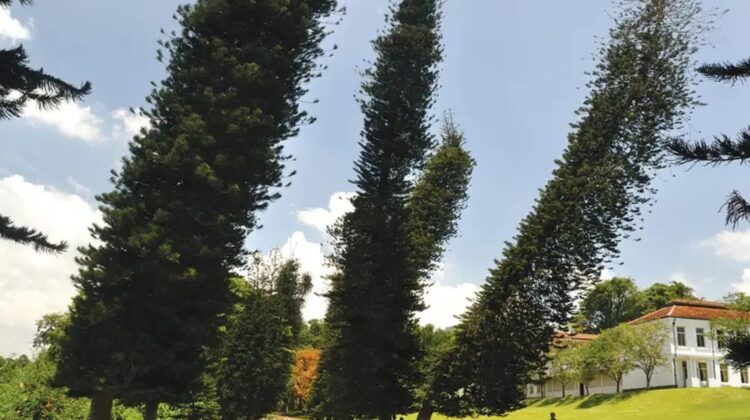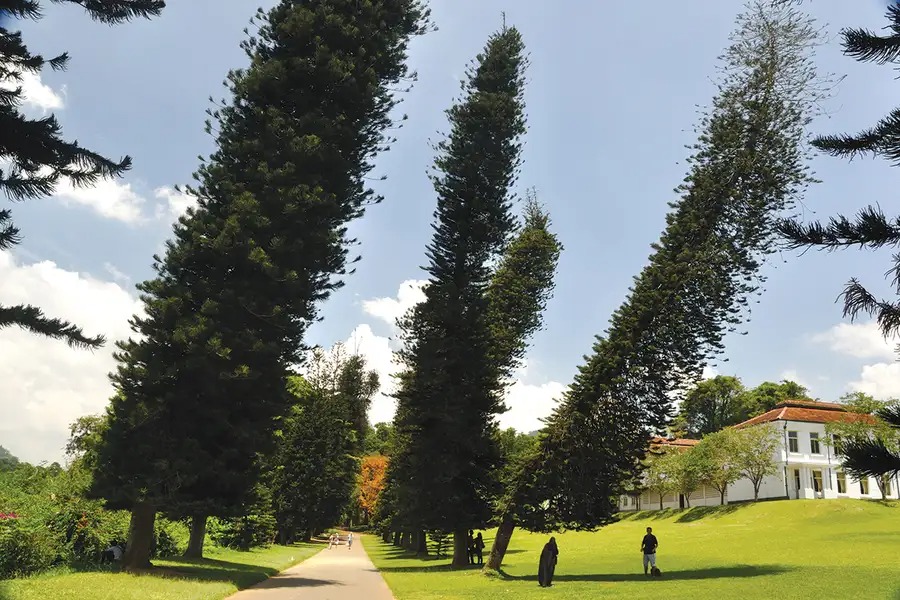
The Cook pine tree is an unusual sight to behold, with its towering height and a slightly tilting trunk. These trees were once found only in New Caledonia, but now, due to cultivation, they can be found all around the world, in tropical, subtropical, and temperate regions. However, scientists have discovered a strange pattern in their tilt – Cook pines lean south in their northern range and north in their southern range.
Matt Ritter, a professor at California Polytechnic State University in San Luis Obispo, noticed this peculiar pattern while studying the Cook pine for a book on urban trees of California. Ritter and his colleagues studied 256 Cook pines across five continents and found that they tilt by an average of 8.55 degrees, which is double the tilt of the Leaning Tower of Pisa.

Moreover, Cook pines slant more as they move away from the equator in both hemispheres, with one tree in South Australia slanting at 40 degrees. This pattern is shocking and distinct, according to Ritter.
Trees usually correct for asymmetry in their growth, but for some unknown reason, Cook pine is unable to do so. Ritter believes that it could be due to the genetic makeup of the tree or an adaptation to catch more sunlight at higher latitudes.

While the tilting phenomenon is not unusual, Steven Warren of the US Forest Service in Utah reported in 2016 that the inflorescence of the yucca palm found in the US always points south, cutting the cost of transporting nutrients to its flowers. Some cacti lean towards the sun too, says Warren. However, this is the first time that he has heard of a tree doing this.

Winslow Briggs at Stanford University finds the north-south leaning pattern of Cook pine “fascinating.” Some pines grow upright, while others are pretty sloppy about it. The Cook pine’s distinct pattern of leaning towards the equator is a mystery that adds to the already fascinating world of botany and nature.

Leave a Reply